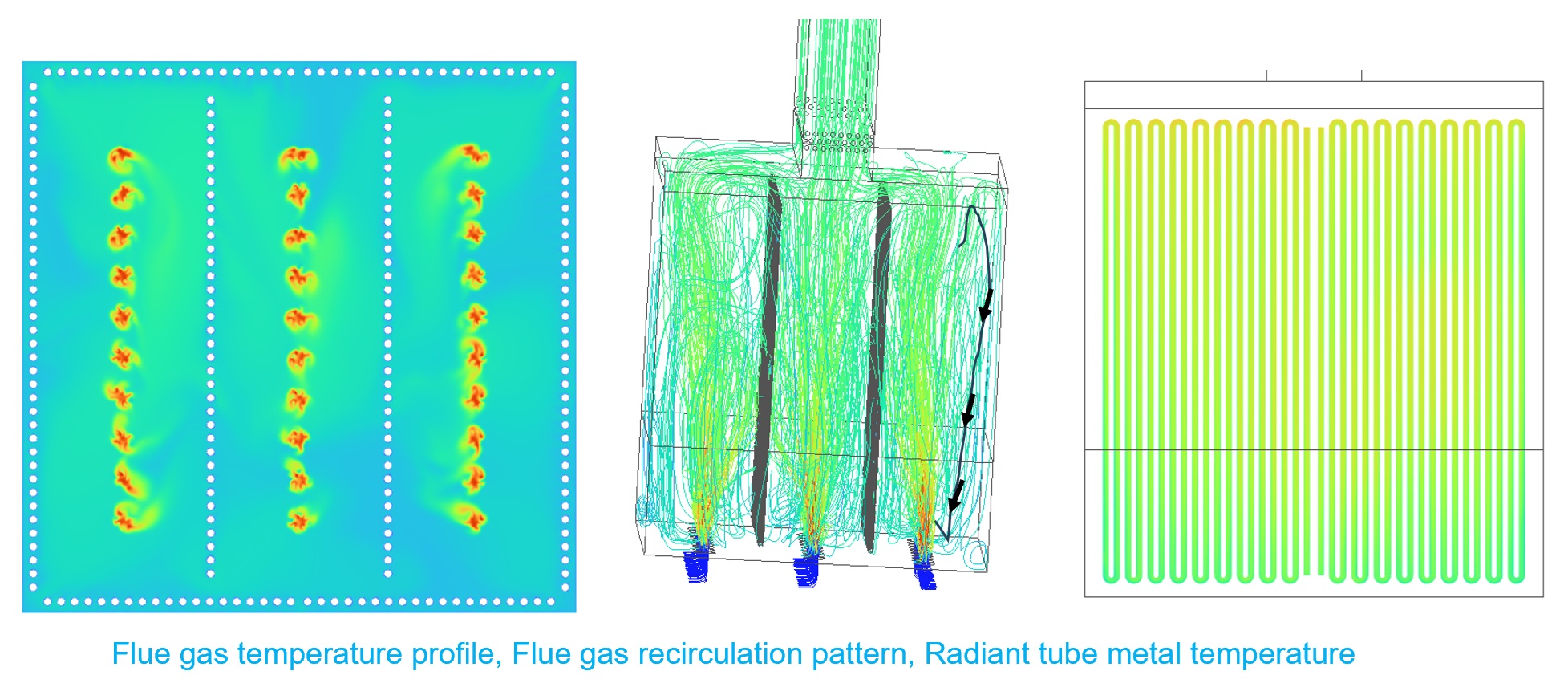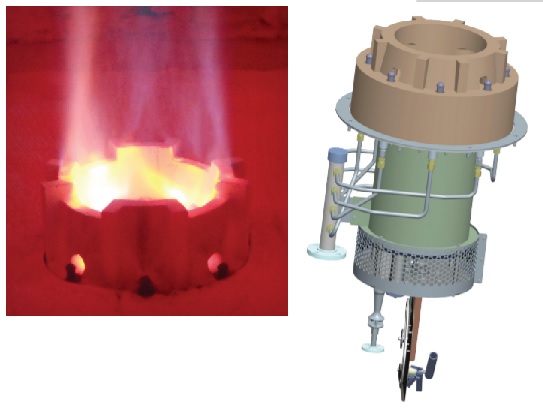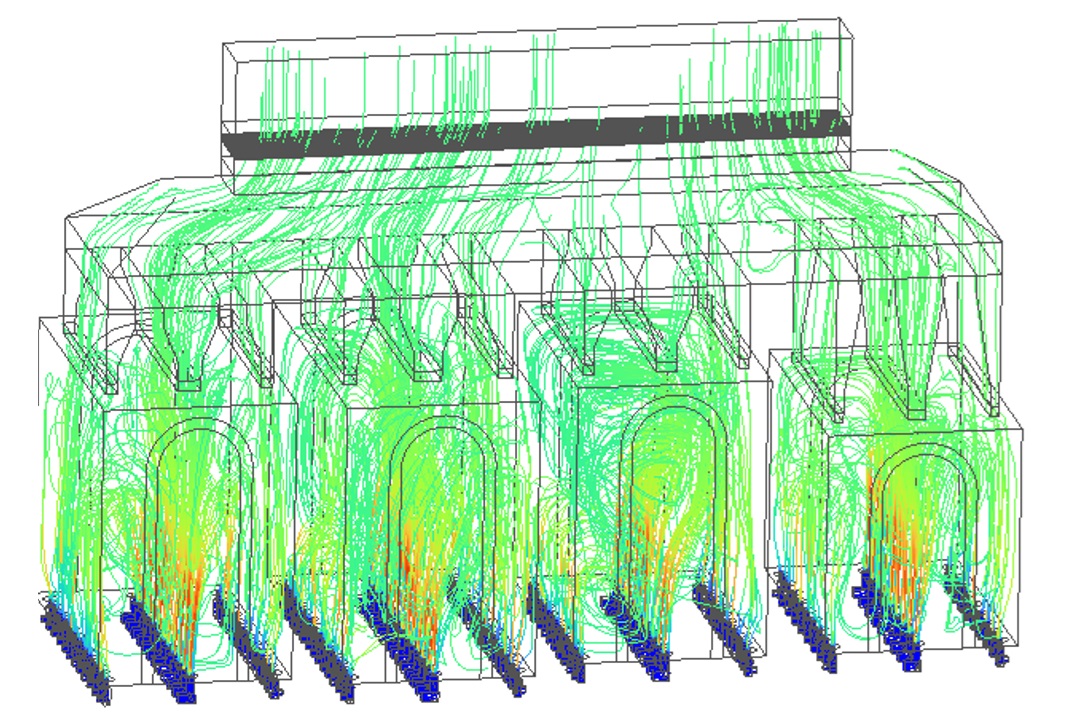Fired heaters are critical components in industrial processes, particularly in refining, petrochemical, and chemical industries. They are used to raise the temperature of fluids, usually hydrocarbons, to facilitate various chemical reactions. The efficiency and safety of fired heaters are significantly influenced by the shape of the flame within the combustion chamber. Understanding the factors that influence flame shape and optimizing these factors can lead to improved thermal efficiency, reduced emissions, and enhanced operational safety.
The shape of the flame in a fired heater affects heat transfer, combustion efficiency, and pollutant formation. A well-shaped flame ensures optimal heat distribution, minimizing hotspots and cold spots, which can lead to material stress and inefficient heating. An ideal flame shape also reduces the formation of pollutants such as NOx and CO, which are detrimental to the environment.

Several factors influence the shape of the flame in fired heaters, including burner design, fuel properties, combustion air supply, and operational parameters. Each of these factors must be carefully controlled to achieve the desired flame shape.
The design of the burner is one of the primary determinants of flame shape. Burners are designed to mix fuel and air in specific proportions to ensure complete combustion. The burner configuration, including the type of burner (e.g., premixed, diffusion), the burner geometry, and the distribution of air and fuel jets, significantly impacts the flame shape.

Burner Flame inside API 560 Fired Heater
Flame Shape ∝ Vf / Va
Where:
Vf = Volume of fuel
Va = Volume of air
The type of fuel used affects the flame characteristics due to differences in combustion properties such as calorific value, flame speed, and stoichiometric air-fuel ratio. For example, gaseous fuels like natural gas tend to produce more stable and controllable flames compared to liquid fuels.
Stoichiometric Ratio = mair / mfuel
Where:
mair = Mass of air required for complete combustion
mfuel = Mass of fuel
The amount and distribution of combustion air are crucial for flame stability and shape. Insufficient air supply leads to incomplete combustion and a sooty flame, while excess air results in heat loss and reduced efficiency. The primary and secondary air ratios must be optimized to achieve the desired flame characteristics.
λ = nactual air / nstoichiometric air
Where:
λ = Air excess ratio
nactual air = Moles of air actually supplied
nstoichiometric air = Moles of air required for stoichiometric combustion
Operational parameters such as furnace pressure, temperature, and fuel flow rate also play a significant role in determining flame shape. High furnace pressure can cause flame impingement on furnace walls, while variations in fuel flow rate can lead to fluctuations in flame length and shape.
Heat Flux = Q / A
Where:
Q = Heat energy supplied
A = Surface area
Mathematical modelling and computational fluid dynamics (CFD) simulations are powerful tools used to predict and optimize flame shapes in fired heaters. The Navier-Stokes equations, which describe the motion of fluid substances, are fundamental in these simulations:

CFD Modelling of Multiple Radiant Sections in Fired Heater

Where:
ρ = Density
u = Velocity vector
p = Pressure
τ = Stress tensor
g = Gravitational acceleration
E = Total energy per unit mass
q = Heat flux vector
˙Q = Heat added per unit volume
The chemical reactions during combustion also affect flame shape. For hydrocarbon fuels, the combustion reaction can be represented as:
CxHy + ( x + y/4 ) O2 → x CO2 + y/2 H2O
The completeness of this reaction and the intermediate products formed influence the flame color, luminosity, and shape.
The shape of the flame in fired heaters is a critical parameter that influences the efficiency, safety, and environmental impact of industrial heating processes. By understanding and controlling the factors that affect flame shape, including burner design, fuel properties, combustion air supply, and operational parameters, it is possible to optimize the performance of fired heaters. Mathematical and CFD modelling play essential roles in predicting and achieving the desired flame characteristics, leading to more efficient and cleaner combustion processes.